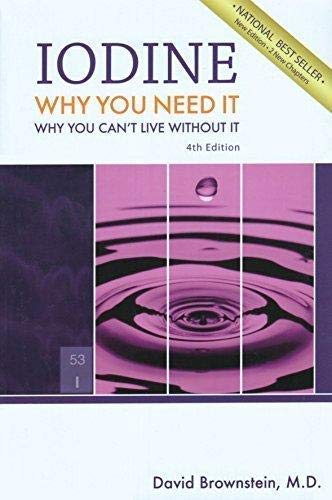A new medication has been approved by the Food and Drug Administration to treat influenza. Xofluza (Baloxavir). It is an antiviral medication approved in October, 2018, by the FDA to treat infections from influenza A and B. Studies have shown it may reduce the duration of influenza symptoms by about 24 hours.
Xofluza is the latest anti-influenza medication approved by the FDA. The earlier anti-flu medications are neuraminidase inhibiters. I wrote to you about the failure of this class of drugs in a previous blog post (https://www.drbrownstein.com/forget-tamiflu/). Tamiflu, working by a different medication than Xofluza, was shown to decrease influenza symptoms by about 21 hours.
As I said in that earlier post, “Folks, I can’t make this stuff up.”
Remember, the US government bought and stockpiled millions of doses of Tamiflu in case there was an influenza crises. Tamiflu costs about $120 for a full course of treatment. Xofluza costs $150 for a full course of treatment. (Note: Tamiflu and Xofluza both are treated as a one pill regimen to be taken within the first 24 hours of influenza symptoms.)
In 2014 I wrote this about Tamiflu: “Tamiflu, the widely prescribed antiviral drug for the flu, is surprisingly still on the market.”
 Iodine : Why You Need ...
Best Price: $5.34
Buy New $21.00
(as of 08:30 UTC - Details)
Iodine : Why You Need ...
Best Price: $5.34
Buy New $21.00
(as of 08:30 UTC - Details)
The reason I wrote that statement is because Tamiflu is an expensive, ineffective drug that has too many side effects. As I stated above, it only reduces flu symptoms by slightly less than 24 hours. And, here are the side effects associated with Tamiflu: nausea, diarrhea, and headaches. Yes, you read that right: the same symptoms caused by the flu are caused by the $120 anti-anti flu drug Tamiflu. Tamiflu was never shown to affect the number of hospitalizations or other complications from the flu including bronchitis, pneumonia, sinusitis and ear infections. As if that is not enough, Tamiflu is also associated with renal and psychiatric events and can induce heart rhythm problems. How Tamiflu got approved and how it still stays on the market is beyond my comprehension.
Let’s get back to Xofluza. The FDA approved Xofluza after a study was published in the September, 2018 edition of the New England Journal of Medicine. Guess who funded the study? If you guessed the same Big Pharma company that developed Xofluza, you win the prize. The article concluded, “Single-dose {Xofluza} was without evident safety concerns, was superior to placebo in alleviating influenza symptoms…”
The September, 2018 NEJM study was the catalyst for the FDA to approve Xofluza. Since Tamiflu, the blockbuster drug, doesn’t work so well, I was interested to see how effective Xofluza was shown to be and what side effects were associated with it.





